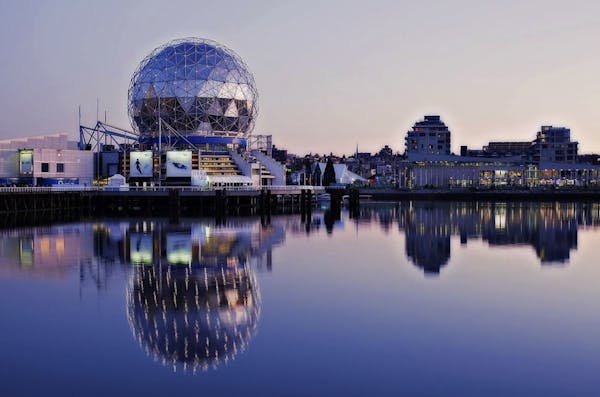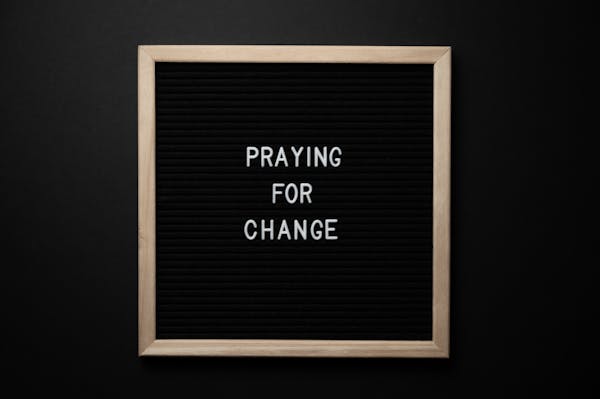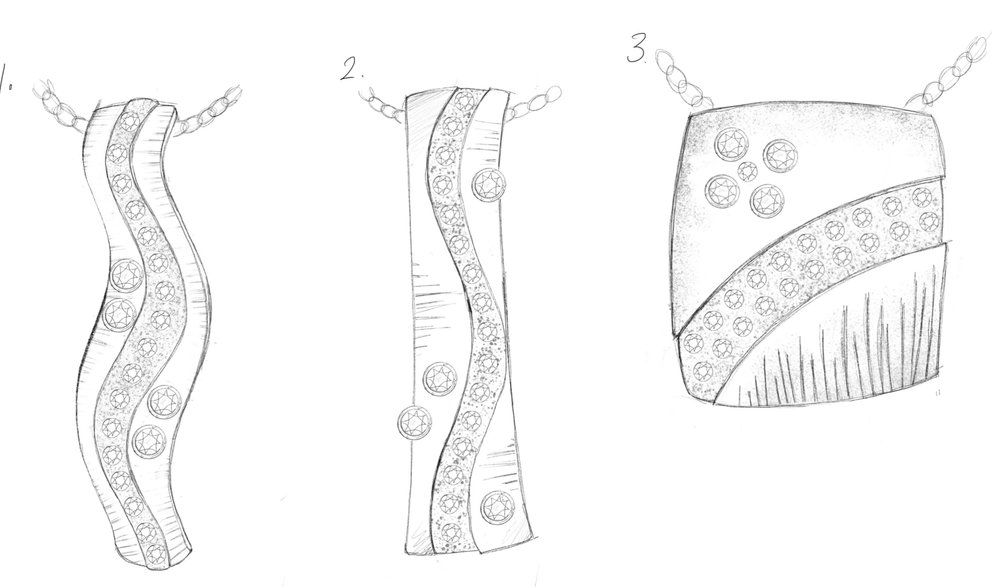The Fashion Retailer Physical Stores are back: key elements for success
I’m very excited to announce my latest collaboration with Drapers magazine, a leading authority on fashion retailing that has been covering this sector since 1887! The article “What area the essential ingredients for successful store retail?” by Emma Sheppard, explores the five key elements that make a store a success today:
This is a brief summary but I recommend you to keep reading the complete article.
Days out shopping are back on the agenda for consumers. After more than two years of intermittent store closures, physical retail is rising in demand – and businesses are once again extending their bricks-and-mortar footprints.
Drapers speaks to leading fashion retailers and property specialists to examine the make-or-break factors for store success.
Location, location, location
Lifestyle and clothing brand Weird Fish celebrated a 133% leap in EBITDA for 2021 following a digital overhaul. But Ben Mercier, customer director at the retailer, says physical stores are a vital part of its strategy: “When we open a store in a specific location, we tend to see triple-digit growth in our online sales within that area. That just demonstrates the power of stores from an awareness point of view, and engagement with our products and staff in those locations.”…
Brand Experience
… Research carried out by shopping centre owner Unibail-Rodamco-Westfield in 2020, found that almost 60% of consumers across 10 countries in Europe – France, the UK, Spain, Germany, Austria, Sweden, Poland, the Czech Republic, Italy and the Netherlands – expect retailers to dedicate more floor space to experiences than products.
Store design is becoming more theatrical, aiming to create moments that cannot be replicated online. One of the best examples is Canada Goose’s “cold room” in its stores in Toronto, Paris, Milan and New Jersey, where shoppers can stand in a room chilled to -32℃ to judge the benefits of one of its coats…
… Alfonso Segura, who wrote Fashion Goes Tech, which investigates how technology and digitalisation are empowering retail, agrees adding a lot of the decisions about size of store come down to location: “Many brands are betting on better locations and adapting the format, size and assortment of their stores. Nike is opening House of Innovation [flagship stores], Nike Unite [community concept stores], Nike Live [smaller local stores] and Nike Rise [larger high-tech] stores. These are different store formats targeting different customer needs and brand experiences.”…

Technology
A number of retailers are harnessing in-store technology to remove customer pain points such as long queues and limited stock availability.
… Segura points to luxury etailer Farfetch, which bought London independent Browns in May 2015, as an example of best-in-class omnichannel orchestration. The two stores, Browns Brook Street and Browns East, in Shoreditch, have smart mirrors in the changing rooms, but Farfetch has pioneered connected mirrors and virtual try-on tools in partnership with Chanel to enrich customers’ retail experiences…
… Segura adds that technology has allowed brands to reimagine their approach to physical shopping, with tools such as heat mapping and loyalty programmes that help identify previously anonymous in-person customers: “Stores are not ‘warehouses’ any more in the sense that the main objective is not high traffic and high conversion (which would require holding a huge amount of stock), but more about experience. Technology is supporting that, from a hardware perspective but also from the back end. Artificial intelligence can personalise product suggestions to customers, RFID [radio-frequency identification] technology can improve inventory availability and accuracy, and predictive analytics can improve forecasting.” …
… However, Segura adds that retailers need to carefully consider what they want to achieve before investing and carry out a cost-benefit analysis: “Brands should think about the return on investment and the customer experience. In many cases there is no impact.” Just adding digital screens in store, for example, is unlikely to deliver. “It needs to be something that improves the customer experience and supports sales growth and conversion.”
Servicing the “now economy”
The boom in ecommerce during the pandemic has raised customer expectations when it comes to convenience, and many expect quicker, if not instant, delivery. But increasingly, retailers are looking at how they can use their physical store estate to add functionality such as click and collect, ship from store, shop now, pay later options and in-store returns. Weird Fish, for example, is about to launch a new system that will enable shoppers to click and reserve items in store, and facilitate ship from store.
Last-mile, on-demand delivery network Gophr is working with Pangaia, Selfridges, Paul Smith, Dior and Abercrombie & Fitch – which has just launched same-day delivery across all 30 of its stores…
Function over fashion
In the new dawn of retail, businesses should use stores as community spaces that offer something more than a transaction. In July, Gymshark opened a week-long pop-up barber shop called “Deload” in Shoreditch, east London, where customers could talk to mental health trained barbers while receiving a free trim. …
You will find the complete article here: don’t miss it! Read, Enjoy and Share! 🙂








